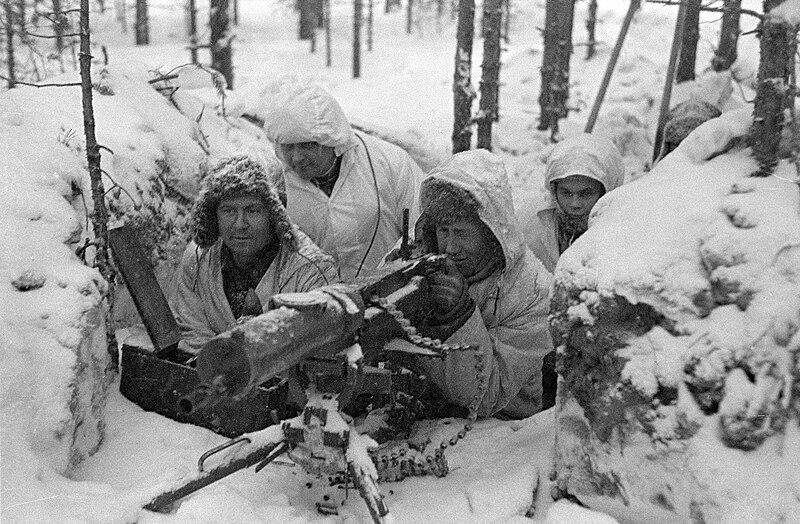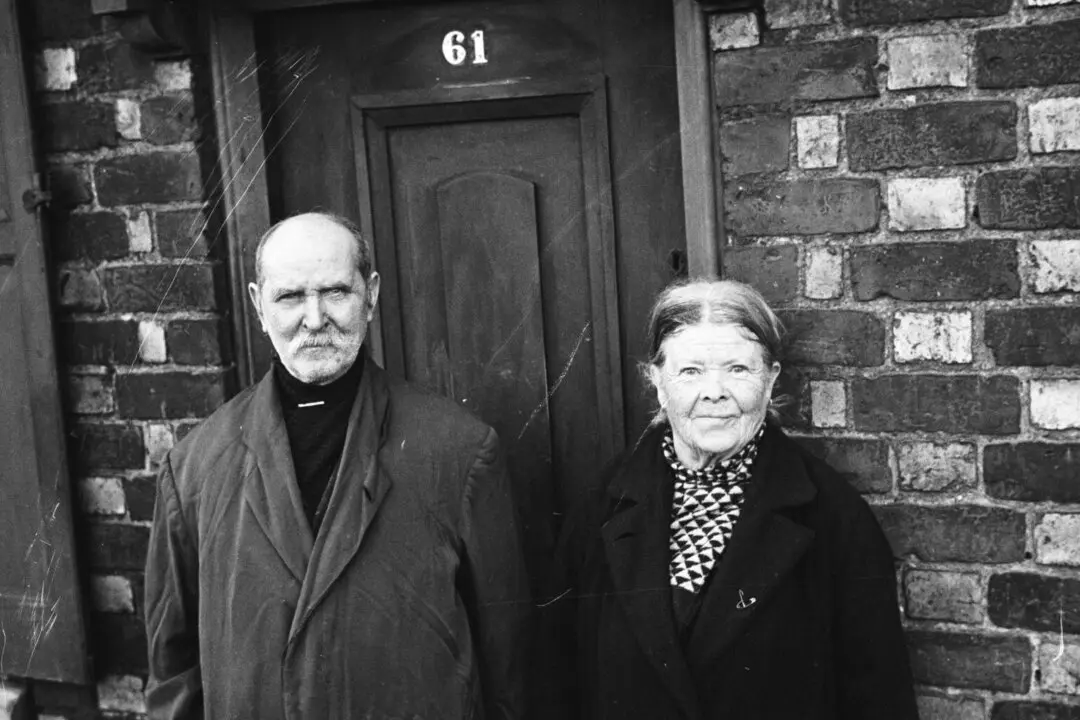“Giants are not what we think they are. The same qualities that appear to give them strength are often the sources of great weakness,” Malcolm Gladwell wrote in his book “David and Goliath: Underdogs, Misfits, and the Art of Battling Giants.”
History shows us that, indeed, seemingly monstrous, ironclad, invulnerable foes can be beaten—or at least badly bruised—by opponents who are far weaker than they are. Sometimes, all that’s needed from the underdog is a refusal to give up, a leathery toughness and grit, a wry smile in the face of doom, and a generous tonic of courage.






